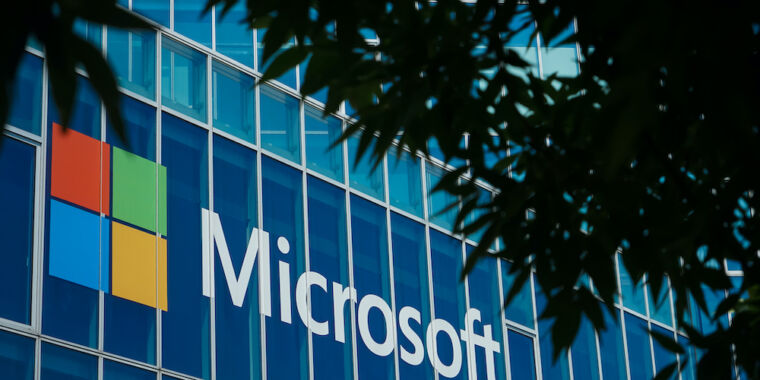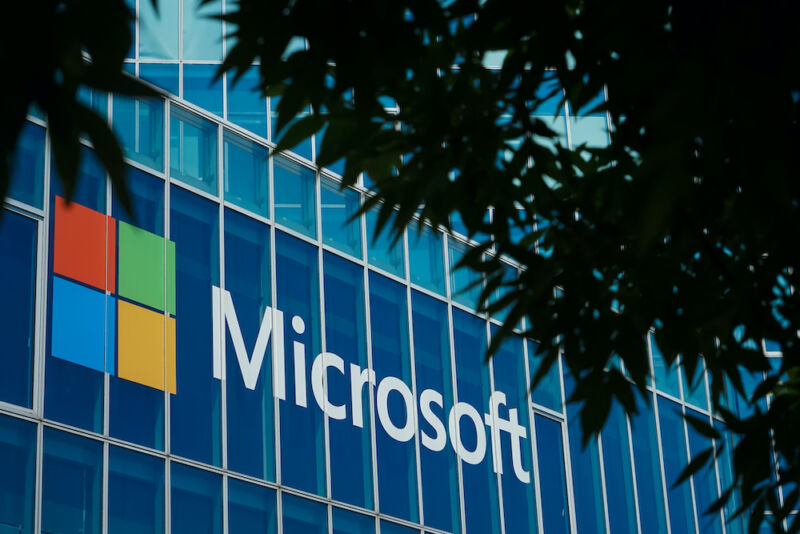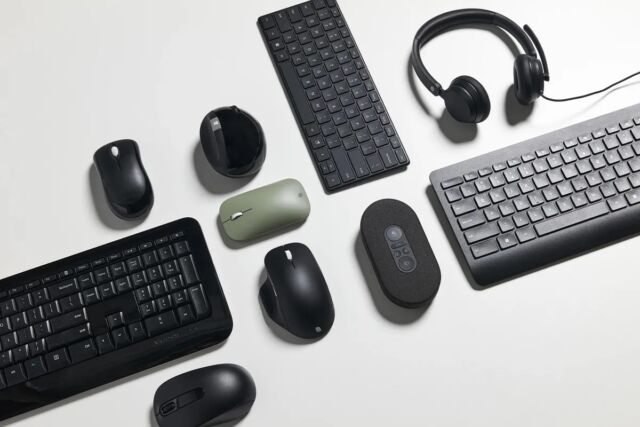Microsoft in deal with Semafor to create news stories with aid of AI chatbot
a meeting-deadline helper —
Collaboration comes as tech giant faces multibillion-dollar lawsuit from The New York Times.

Enlarge / Cube with Microsoft logo on top of their office building on 8th Avenue and 42nd Street near Times Square in New York City.
Microsoft is working with media startup Semafor to use its artificial intelligence chatbot to help develop news stories—part of a journalistic outreach that comes as the tech giant faces a multibillion-dollar lawsuit from the New York Times.
As part of the agreement, Microsoft is paying an undisclosed sum of money to Semafor to sponsor a breaking news feed called “Signals.” The companies would not share financial details, but the amount of money is “substantial” to Semafor’s business, said a person familiar with the matter.
Signals will offer a feed of breaking news and analysis on big stories, with about a dozen posts a day. The goal is to offer different points of view from across the globe—a key focus for Semafor since its launch in 2022.
Semafor co-founder Ben Smith emphasized that Signals will be written entirely by journalists, with artificial intelligence providing a research tool to inform posts.
Microsoft on Monday was also set to announce collaborations with journalist organizations including the Craig Newmark School of Journalism, the Online News Association, and the GroundTruth Project.
The partnerships come as media companies have become increasingly concerned over generative AI and its potential threat to their businesses. News publishers are grappling with how to use AI to improve their work and stay ahead of technology, while also fearing that they could lose traffic, and therefore revenue, to AI chatbots—which can churn out humanlike text and information in seconds.
The New York Times in December filed a lawsuit against Microsoft and OpenAI, alleging the tech companies have taken a “free ride” on millions of its articles to build their artificial intelligence chatbots, and seeking billions of dollars in damages.
Gina Chua, Semafor’s executive editor, has been involved in developing Semafor’s AI research tools, which are powered by ChatGPT and Microsoft’s Bing.
“Journalism has always used technology whether it’s carrier pigeons, the telegraph or anything else . . . this represents a real opportunity, a set of tools that are really a quantum leap above many of the other tools that have come along,” Chua said.
For a breaking news event, Semafor journalists will use AI tools to quickly search for reporting and commentary from other news sources across the globe in multiple languages. A Signals post might include perspectives from Chinese, Indian, or Russian media, for example, with Semafor’s reporters summarizing and contextualizing the different points of view, while citing its sources.
Noreen Gillespie, a former Associated Press journalist, joined Microsoft three months ago to forge relationships with news companies. “Journalists need to adopt these tools in order to survive and thrive for another generation,” she said.
Semafor was founded by Ben Smith, the former BuzzFeed editor, and Justin Smith, the former chief executive of Bloomberg Media.
Semafor, which is free to read, is funded by wealthy individuals, including 3G capital founder Jorge Paulo Lemann and KKR co-founder Henry Kravis. The company made more than $10 million in revenue in 2023 and has more than 500,000 subscriptions to its free newsletters. Justin Smith said Semafor was “very close to a profit” in the fourth quarter of 2023.
“What we’re trying to go after is this really weird space of breaking news on the Internet now, in which you have these really splintered, fragmented, rushed efforts to get the first sentence of a story out for search engines . . . and then never really make any effort to provide context,” Ben Smith said.
“We’re trying to go the other way. Here are the confirmed facts. Here are three or four pieces of really sophisticated, meaningful analysis.”
© 2024 The Financial Times Ltd. All rights reserved. Please do not copy and paste FT articles and redistribute by email or post to the web.
Microsoft in deal with Semafor to create news stories with aid of AI chatbot Read More »
























